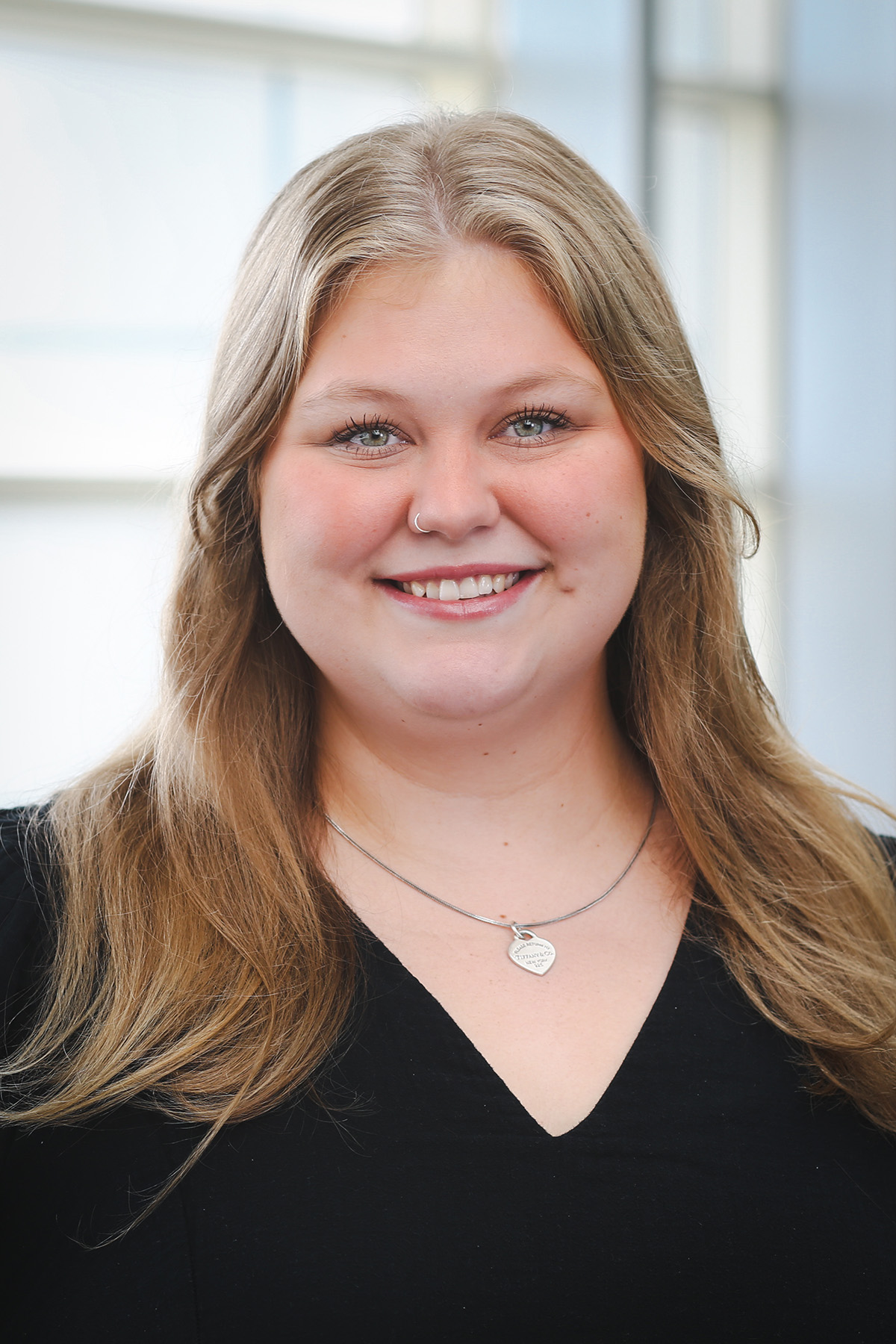May 22 - July 31

Evaluation of Thunderstorm Rotation in 1- and 3-KM Versions of the Warn-On-Forecast System
Lillian E. Frey, Derek R. Stratman, and Christopher A. Kerr
What is already known:
- NSSL’s Warn-on-Forecast System (WoFS) provides probabilistic guidance of individual thunderstorms and their associated hazards to NWS forecasters.
- Recently a version of WoFS with a 1-km horizontal grid spacing (WoFS-1km) has been under development and has been shown to predict smaller thunderstorms better than WoFS with a 3-km horizontal grid spacing (WoFS-3km).
What this study adds:
- This study extends previous work of evaluating WoFS-1km by assessing its ability to forecast mid-level rotation in thunderstorms relative to WoFS-3km.
- As compared to WoFS-3km, WoFS-1km results in smaller rotation centroid displacement errors and is better at predicting the presence of mid-level rotation in most thunderstorms, especially smaller storms.
Abstract:
NSSL’s experimental Warn-on-Forecast System (WoFS) provides probabilistic guidance to NWS forecasters of individual thunderstorms and their associated hazards. WoFS uses ensemble data assimilation that consists of 36 analysis members and 18 forecast members. The rapid data assimilation produces a daily, on-demand forecast every 30 minutes with a regional domain of 900 x 900 km with a 3-km horizontal grid spacing (WoFS-3km). Recently, a 1-km horizontal grid spacing version of WoFS (WoFS-1km) has been under development at NSSL. WoFS-1km has a domain of 402 x 402 km and is nested within the WoFS-3km domain. Recent work has shown that WoFS-1km predicts smaller thunderstorms better than WoFS-3km. This study extends that work by focusing on the ability of WoFS-1km to predict rotation in thunderstorms compared to WoFS-3km. To assess this ability, 23 cases from 2022 and 2023 with various storm modes and environments are verified using an object-based method. Using this method, over 200,000 composite reflectivity (CREF) object hits are determined to exist in both WoFS-1km and WoFS-3km. For each forecast and observed CREF object, mid-level updraft helicity and MRMS rotation objects, respectively, are identified. Rotation object centroid displacement errors and contingency table statistics are computed. Results show that WoFS-1km predicts rotation significantly better than WoFS-3km for reflectivityobjectareaslessthan800km2 and minor axes less than 24km. Also, WoFS-1km has smaller rotation centroid displacement errors than WoFS-3km.